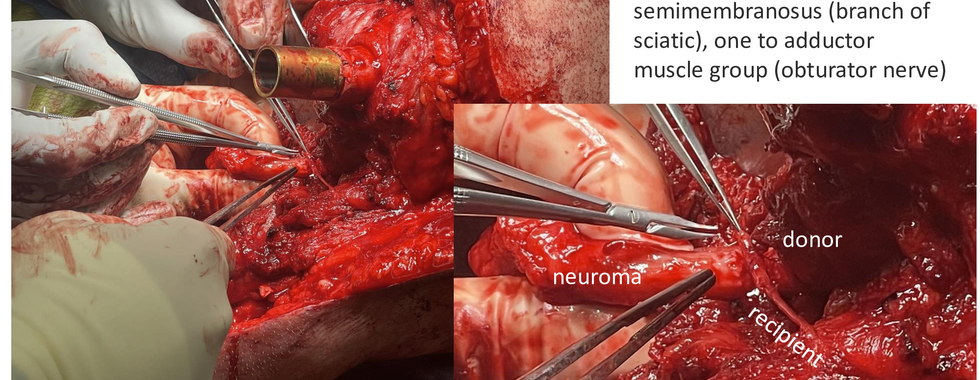- ankoortalwar
- Jan 31, 2023
- 1 min read
Healthcare data has grown exponentially in size and complexity. Traditional coded data, such as demographics, ICD, and CPT codes, only scratch the surface of the vast healthcare data lake. The deeper end of the lake includes radiology and imaging, pathology, clinical documentation, patient reported outcomes, nutritional data, wearable sensors, population/epidemiological data, environmental data, and genetics. The next generation of healthcare must use methods in modern computing, including artificial intelligence, to harness the wealth of information available. Doctors and surgeons must guide teams of software engineers and data scientists to create synergistic mechanisms of human-designed, machine-powered decision making tools.
























